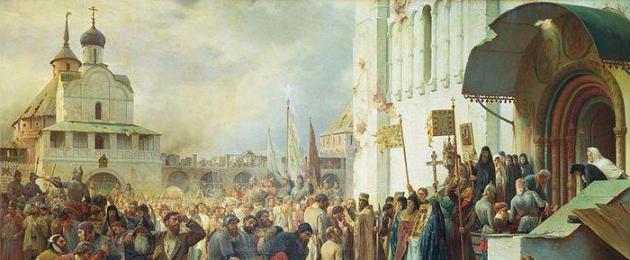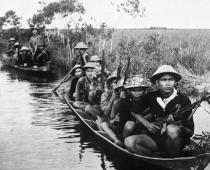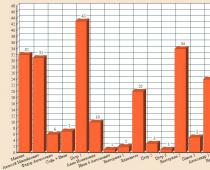It existed from the 12th to the beginning of the 16th century. on the Middle Oka. At first, the Ryazan land was considered part of the Chernigov principality. Over time, however, a separate Muromo-Ryazan principality was formed. In the middle of the XII century. Ryazan became the capital.
Separation process
After Vsevolod Olgovich expelled Yaroslav Svyatoslavich from Chernigov, the principality, the center of which was Mur, separated from the Chernigov principality. In historiography, it is referred to as the Muromo-Ryazan principality. The power here belonged to the descendants of Yaroslav.
In 1129, the Ryazan principality arose. At the end of the 1150s. Ryazan became the center of the lands. In the early 1160s. separated from Ryazan. However, in some historical sources, the Muromo-Ryazan principality is mentioned right up to the Tatar-Mongol invasion. After him, the Ryazan and Murom principalities finally became isolated. Pereyaslavl-Ryazansky became the capital of the first.
Territorial device
The Ryazan principality stretched from the Middle Oka to the border of the Zalessky territories in the north, the upper reaches of Voronezh and the Don in the south. On the western side it bordered the Chernihiv Principality. In the south were the Polovtsy, who made constant raids.
At the end of the XIII-beginning of the XIV centuries. the political environment begins to change. Northeast Territories seceded to Moscow. On the annexation of Ryazan then there was still no talk. Always the capital of the principality was on the Oka. Such an advantageous position ensured constant trade with the southern and northern lands. In addition, there were guard fortresses and large cities: Kolomna, Belgorod, Dubok, Kadom, etc.
History reference
Long before annexation of Ryazan to Moscow (in what year is this happened, it’s hard to say, since the process was gradual), after Yaroslav’s death in Murom, his sons successively sat down to reign: Yuri, Svyatoslav and Rostislav. The second became the first Ryazan prince. In 1152, the Ryazans took part in the campaign near Chernigov - Rostislav joined Yuri Dolgoruky.
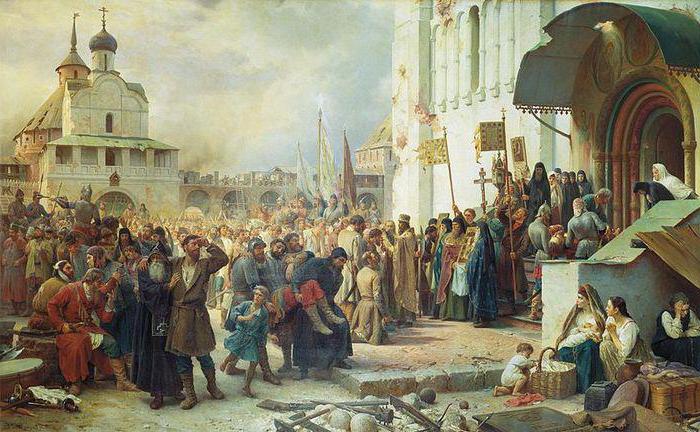
In 1153 Rostislav died. Vladimir Svyatoslavich became the eldest in the family. In the annals of Nikon, he is called the Grand Duke of Ryazan. After the death of Vladimir in 1161, his descendants established themselves in Murom, and Gleb Rostislavich and, accordingly, his descendants - in Ryazan.
Under Gleb, the Ryazanians took part in the campaigns organized by Andrei Bogolyubsky in 1172 against the Volga Bulgaria and in 1173 near Vyshgorod. The sources contain information that in 1205 the Ryazan people made an independent campaign against the Polovtsy.
Capital of the Ryazan Principality
At that time, significant fortifications were created in Pereyaslavl-Ryazansky. The main part of the city was the Kremlin. It was located near the confluence of the Lybed and Trubezh rivers. The Kremlin was made in the form of a huge wooden fortress. On the earthen rampart, some elements of which have survived to this day, there were five-meter oak walls with 12 towers. One of them was stone.
Not far from the Kremlin, perhaps on the site of the installation of the modern and near it was the residence of the bishops of the Ryazan principality - the wooden Ostrog.
Outside Ostrog and the Kremlin in the 16th century. there were areas in which trade was actively going on, crafts were widespread.
Even under Fedor (the son of Oleg Ivanovich), the construction of stone buildings began. The Assumption Cathedral was the first to be erected. It became the tomb for the princes. 5 princes and 3 princesses were buried in the Assumption Cathedral.
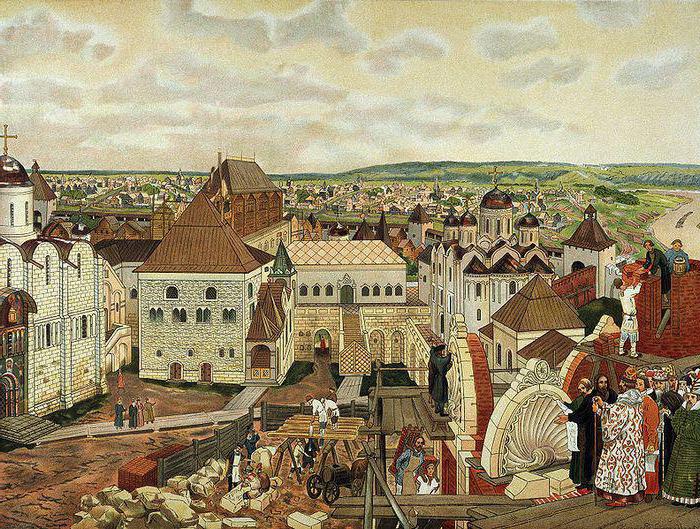
The structure was square, 12 meters long and wide. In terms of composition and name, the cathedral resembled a temple built in 1326 in Moscow. Masters reproduced several motifs of the Spassky Cathedral in Old Ryazan.
Politics of the Vladimir rulers
After Andrei Bogolyubsky died, Gleb took part in the struggle for power in the northeastern lands. He supported the sons of Rostislav, who opposed Vsevolod and Mikhail, relying on the help of Svyatoslav of Chernigov.
During the confrontation, Gleb was able to ruin Vladimir. However, he had to return the loot. Gleb lost the battle on Koloksha and was taken prisoner. Vsevolod offered him to give up his reign in Ryazan and go to the southern lands, but he refused.
Despite all the diplomatic efforts undertaken, Gleb remained in captivity and died unreleased. His sons received their inheritance with the permission of Vsevolod.
Mongol invasion
In 1235, the Ryazan principality occupied a huge area. There were many large cities on the territory of the state: Pronsk, Belgorod, Dubok, Izheslavl, Rostislavl, Kolomna, Perevitsk, etc.
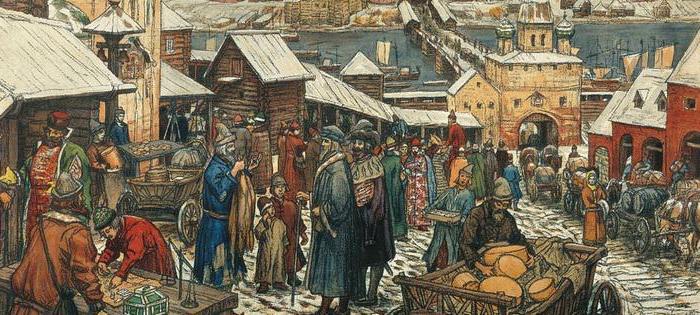
In 1237, in December, the Ryazan lands became the first victim of the Mongol warriors. Yuri Igorevich, who reigned at that time, remained in Ryazan with part of the squad and resisted the invaders. However, on the sixth day he was killed. The city was devastated. Fedor (Yuri's son) and his wife and son Ivan were killed in the battle. Yuri's nephew, Oleg, was captured by the Mongols, and returned only in 1252.
Another part of the squad, led by Roman (Yuri's nephew), headed towards the army of Yuri Vsevolodovich. However, together they were defeated in the battle of Kolomna in early January 1238. After that, the detachment of Evpaty Kolovrat, the Ryazan boyar, who returned from Chernigov and caught up with the invaders in Suzdal, was defeated.
Loss of independence
At the beginning of the XIV century. the confrontation between the Ryazan and Moscow princes began. However, the former suffered constant setbacks. First, they lost Kolomna. Secondly, there was a rivalry between them all the time. Constant confrontations contributed to the acceleration of the accession of Ryazan to Moscow.
The date of accession to the reign of Oleg Ivanovich is considered the starting point for strengthening the power of the Ryazan principality. In 1350-1402. - the era of the heyday of the territories. However, due to unfavorable historical factors, Oleg was unable to turn Ryazan into a center near which northeastern lands could be collected.
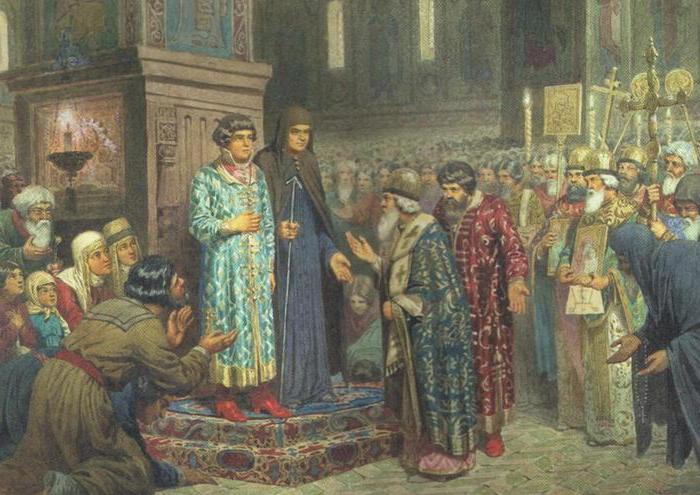
With the coming to power of Oleg's successors, a gradual loss of independence began, which ultimately led to to the annexation of Ryazan to Moscow. Already his son Fedor was subordinate to the Moscow prince. After him reigned son - Ivan. The first mention of him dates back to 1430. Then Ivan, trying to get rid of the power of the Tatar-Mongols, made an alliance with Vitovt, to whom he promised faithful service. However, very soon Ivan replaced him with an agreement with the Moscow prince and supported the latter in the fight against Yuri Dmitrievich.
After Vasily's defeat, however, Ivan joined Yuri. But after 7 years, he again entered into an alliance with the Moscow prince. Although at the same time Ivan did not break off relations with the Lithuanian ruler.
After his death, Ivan entrusts the reign and his son to the Moscow prince. Eight years later, power was returned to Vasily (Ivan's son), who ruled until 1483. With its neighbors, including Moscow, Ryazan coexisted in full harmony. This was facilitated by Vasily's wife, Anna, the sister of Ivan III.
At the beginning of the XVI century. Russian lands united around Moscow. Ryazan and Pskov are the only territories that formally retained their independence. Soon, Pereyaslavl-Ryazansky remained the capital of the only principality independent of the Moscow authorities.
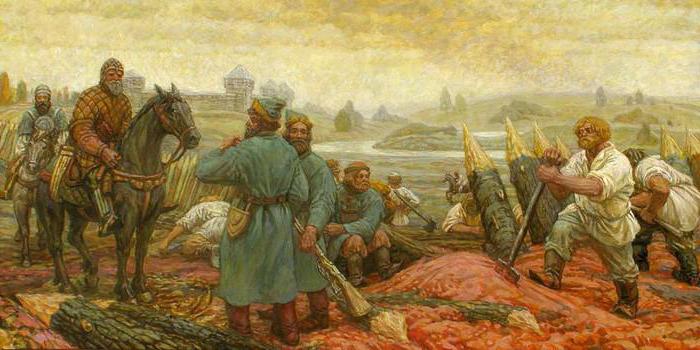
Politics of Ivan III
In 1501, Anna Vasilievna, who acted as a guarantor of the integrity of the Ryazan principality, died. After the death of his sister, Ivan III stepped up his actions against Ryazan. Accession to Moscow began with the territories with the cities of Staraya Ryazan, Perevitsk, Pronsk. 1/3 of Pereyaslavl-Ryazansky also moved to the center.
Meanwhile, Ivan III did not plan to speed up annexation of Ryazan to Moscow. As follows from historical sources, he led a very cautious policy. Ivan III sought to enlist the support of henchmen rulers: they could be dependent on Moscow, but at the same time retain formal sovereignty. According to this scheme, relationships were built with and
Accession of Ryazan to Moscow under Vasily 3
In 1505 Ivan III died. Vasily III ascended the throne in Moscow. It was he who finally deprived the independence of feudal possessions: to 1521 the annexation of Ryazan to Moscow was completely completed.
After Vasily Ivanovich, Ivan Vasilyevich ruled in Ryazan, and then Ivan Ivanovich. However, the latter owned a small part of the principality, since back in 1503 Fedor (his uncle) bequeathed an inheritance to the Moscow prince.
In 1520 Ivan Ivanovich was summoned to Moscow. He was suspected of having links with the Crimeans. In Moscow, Ivan was taken into custody. However, in the next 1521, during the invasion of the Crimeans, he was able to escape. In Pereyaslavl, Ivan was not accepted, and he went to Lithuania, where he received the inheritance of Stoklishki from Sigismund I for life. Here he died in 1534.
After the capture of Ivan Ivanovich, the Ryazan principality ceased to exist as an independent territory. It was attached to Moscow and became its region.
In 1565, Ivan IV divided the state into Ryazan, which was included in the first.
Of the later events on the territory of the principality, one can name the ruin by the Tatars, the participation of the Ryazan people in the liberation of Moscow during the Time of Troubles.
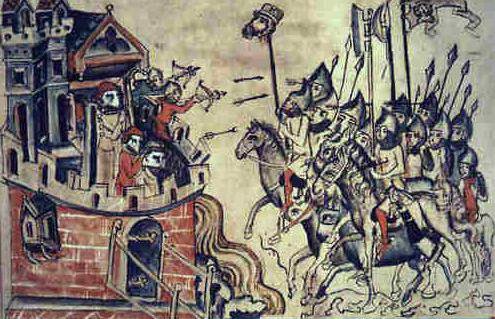
Capture of Ivan
The grown prince adopted from his mother Agrippina the idea of reviving the independence of their territories. To implement it, he wanted to rely on the boyars opposed to Moscow. These included the families of the Sumbulovs, Kobyakovs, and Korobins. Military assistance was supposed to be received from the Crimean Khanate and Lithuania.
Vasily III found out about Ivan's plans and ordered to bring him to Moscow. At the same time, Agrippina was taken out of Pereyaslavl-Ryazansky and tonsured as a nun. Vasily also ordered the dismissal of Bishop Protasy, who supported the idea of restoring the independence of the Ryazan principality. Most of the boyars were evicted from Pereyaslavl-Ryazan. A governor was sent from Moscow to the city, who brought an artillery piece with him.
Ivan Ivanovich was able to escape from captivity and visit his principality for the last time only in 1521. In that year, Mohammed Giray made a devastating campaign against Russia. He managed to cross the Oka and gain a foothold near Moscow. According to Karamzin, the confused Vasily III was forced to give a letter to the khan on the resumption of tribute payments, as in the days of the Horde.
Finally
As you can see, the process of joining Ryazan was not accompanied by much bloodshed. For example, to annex the Novgorod Republic, the Moscow prince had to use force. In any case, the process of collecting land around Moscow was inevitable.
- In contact with 0
- Google Plus 0
- OK 0
- Facebook 0

